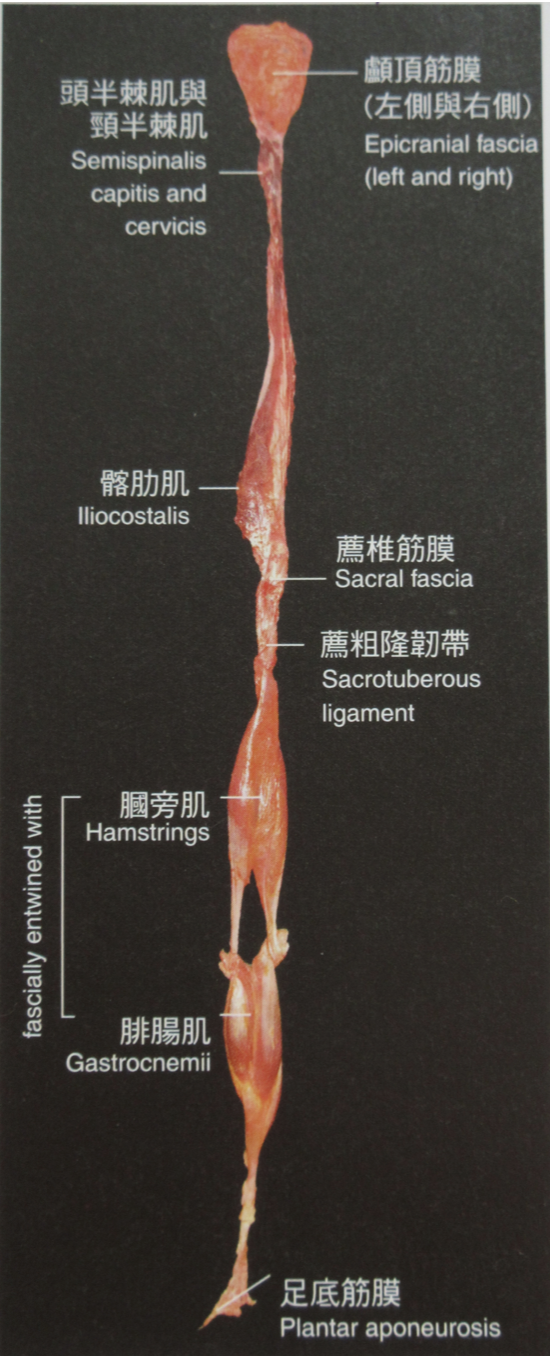How to be more connected, and ensure the flow of energy is correct when bending forward.
- Jérôme Jaquier

- Nov 10, 2021
- 3 min read
Updated: May 22, 2022
In a Forward bend yoga position should the back be straight or curved?

Mark Darby teaches how to be more connected, and ensure the flow of energy is correct when bending forward.
As outlined by Tom Myers in his book: Anatomy trains, we see anatomy in a much more linear way. There is a continuity; one muscle, or part of the body is linked to another by fascia. Forward bending comes from the toes to the top of the head, and this line shouldn’t get broken in any way. Moving out from anatomical and osteopathic circles, the concept that the fascia connects the whole body in an ‘endless web’ has steadily gained ground. These form part of a head-to-toe continuity.
As we can see is pictures of Krishnamachara in the Yoga Makaranda, and Pattabhi Jois in the Yoga Mala, or even other old-age yogi’s such as Sivananda or Swami Vishnudevananda, the spine is more rounded in their forward bends as the are connecting their bandha.
Mula Bandha is just above the pubic bone, and not in upper abdomen. When you learn to engage this bandha it really changes the way you bend forward. If you don’t engage it you can just fold forward from the hips like a pancake, and this breaks the energy flow of body into two parts. From feet to hips, and then from hips to head.
Many people collapse when they bend forward, and try to emphasize the stretch of the hamstring. If you engage the bandha, and allow the back the back to round slightly, it isolates the hamstring, and it will allow you to open much deeper. Some people think if they don’t get that feel of a stretch in the hamstring, that they need to push themselves to feel that or they will not benefit - this isn’t true. If you hold lower abdomen, the connection comes from the feet, and continues all the way up to the top of the head. You evenly distribute the stretch, with a this feeling of connection rather that a strong stretch/emotion, but actually you releasing the hamstring in a more healthy way.
If people cannot forward bend it is quite often due to the way they are breathing. They don’t breathe down into the lower abdomen, but more into the upper abdomen, and get stuck there. There’s no release of tension in the pelvis, and they are in fact just creating more tension. And if you're breathe too much oxygen into the upper abdomen, this excites the sympathetic nervous system (The fibers originate from cell bodies of the intermedio lateral cell column of the 7th thoracic through 2nd lumbar spinal-cord segments), and triggers a fight-or-flight reaction. When we breathe, we should take the focus down to lower abdomen, and start breathing from there. We are “gently” holding the lower abdomen just toning but NOT TIGHT. A toning lets all the organs lift up. When we breathe, it comes to the back of a body and goes up along spine.
Coming out of a forward bend, inhale holding lower abdomen, keep lower abdomen stay in, so that you maintain a slight rounding of the back. If you come up with lower back arching the other way, all those muscles are pulling, and that’s actually crunching the back.
When we engage the lower abdomen in this way we have the feeling of the body lifting up and over as we bend forward. When you fold forward with a flat back, the connection to the lower abdomen is lost, and this can cause tension in the upper abdomen which causes you to tense up the psoas, quadriceps and shoulders. Once you understand this way of folding forward from the lower abdominal connection it changes everything!
Though the fascia networks is linked to each other, head to toe. The center of the fascia network would be our center of gravity, located in the middle of the lower belly in the standing body, known in martial arts as the “hara”. (Anatomy trains by Thomas W. Myers.)
Curving the back is an important exercise for the spine. Normally, we give considerable importance to arching the spine backward, but curving or rounding the spine is also necessary to maintain the flexibility of the entire spine. Free forward and backward movement of the spine is very useful when practice posture requiring fine master of the spine.
2012 video, Mark Darby and Flower Chen. French translation by Hubert de Tourris.
















Comments